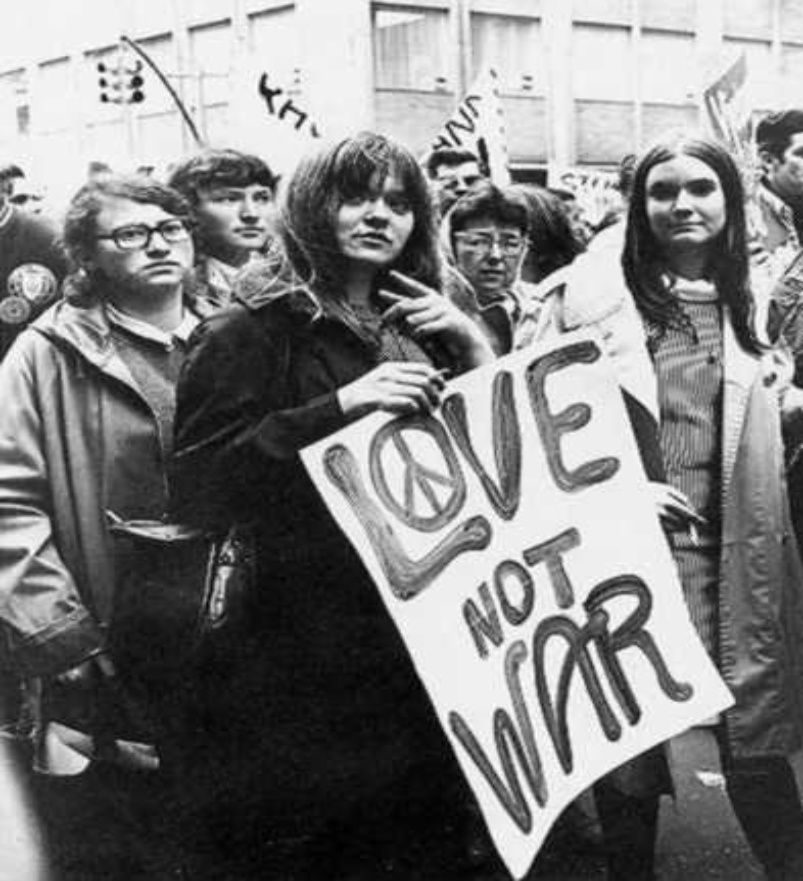The Counterculture Movement
Jun 19, 2019 • 192 views
Overview
The counterculture of the 1960s was an anti-establishment movement that spread all through the Western world during the 1960s. It went on into the mid-1970s. The counterculture movement included enormous groups of individuals, overwhelmingly youngsters and youth, who rejected a considerable lot of the convictions that were usually held by society on the loose. This dismissal was frequently peaceful dissents. The subject of these challenges included racial segregation, across the board poverty, pollution brought about by fast industrialization, and the separation of minority groups. The youth likewise battled for the freedom of speech and freedom of get together. The rise of TV as a wellspring of information and excitement powered this cultural change, as did new and developing books, as On the Road and One Flew Over the Cuckoo's Nest, and music like Jefferson Airplane and the Beatles.
Impact
The movement succeeded in bringing an end to censorship in mass media. Fashion trends also evolved rapidly during this time. The rise of the TV as an essential source of news, information, and stimulation, particularly after World War II, combined with an enormous development of industrialism, led to the development of TV advertising. These ended up in significant parts in the improvement and the spread of the counterculture. The promotions made bafflement among the youthful age especially in the United States just as detailing new social behaviors. The advertising agencies were likewise pursuing the hip youth showcase, while the news inclusion of the astonishing pictures of the Vietnam War carried the truth of the contention to the parlors just because. The spread of Cinema and News Radio likewise helped in spreading the culture at the opportunity to various pieces of the world.

Challenges
The counterculture movement encountered resistance from law enforcement officials as well as the older generation. Numerous protests took place in different cities involving police and the counterculture propagators. In most instances, their newly adopted culture was unacceptable and therefore banned. Many activists and students involved in the counterculture movement were arrested.
Legacy
The counterculture movement had a significant, lasting influence on the music, fashion and literature. LGBTQ movement gained prominent attention and has today become the accepted norm of the liberal society. Racial segregation was abolished in most states following the counterculture's non-violent protests. Pre-existential taboos were challenged and formulated according to the newer traditions of the society.

The counterculture movement of the 1960s assumed a key job in molding cutting edge society. It prompted development in the music business which proceeds forward-thinking. It brought about a not so much preservationist but rather more liberal society. The movement has been blamed for prompting a debasement of traditional values. The negligence for cultural values by the counterculture movement has prompted the wild and rough society we have today.
